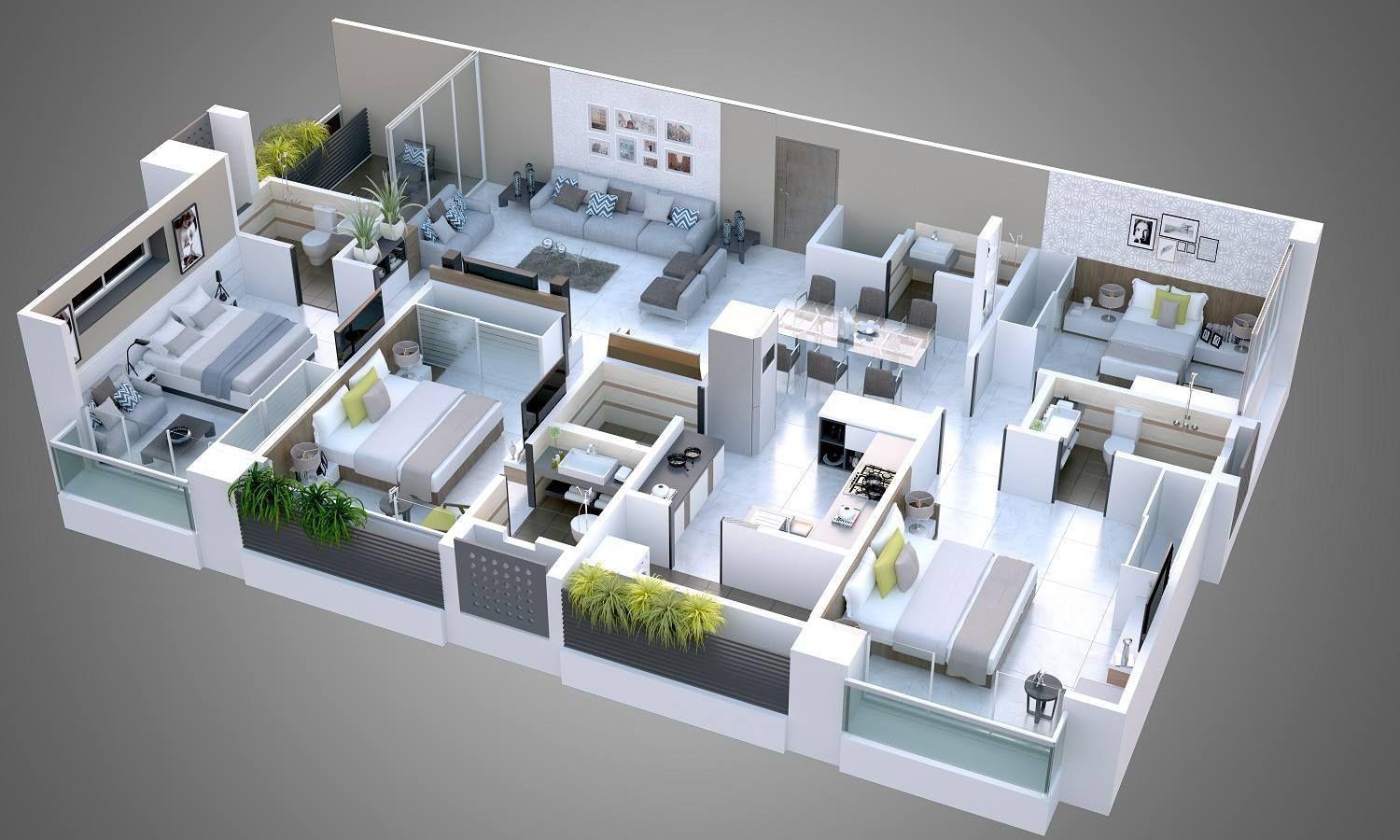The realm of artistic expression has continuously evolved, with digital tools ushering in unprecedented capabilities. Early 3D art, while groundbreaking, was often constrained by technical limitations, demanding a steep learning curve and powerful hardware. Artists spent considerable time mastering software intricacies rather than focusing purely on their vision. This initial barrier somewhat limited widespread adoption.
Over time, significant advancements in computing power and software design began to democratize 3D creation. What was once the exclusive domain of large studios and specialized professionals gradually became accessible to a broader audience. This shift marked a crucial turning point, allowing more creators to experiment with three-dimensional forms and spatial narratives without prohibitive obstacles.
This evolution has been instrumental in expanding the horizons of visual storytelling, product design, and interactive experiences. Researchers have consistently highlighted how intuitive interfaces and robust rendering engines have transformed complex modeling into an fluid process, fostering deeper engagement. The focus moved from struggling with tools to harnessing them as extensions of the creative mind.
The journey from rudimentary wireframes to hyper-realistic digital environments underscores a profound transformation. Early studies often concentrated on the technical feasibility and computational demands of 3D graphics. More recent investigations emphasize the psychological impact on artists, noting a significant reduction in creative friction and an increase in experimental output as tools become more sophisticated and user-friendly.
Key Insights from the Evolving Landscape
- The democratization of advanced 3D software has empowered a diverse range of artists, enabling them to translate complex ideas into tangible digital forms with greater ease and precision than ever before.
- Emerging literature indicates a strong correlation between access to sophisticated 3D tools and an artist's capacity for innovative problem-solving and unique aesthetic exploration across various media.
- Collaborative platforms within the 3D art space are fostering new models of collective creation, breaking down geographical barriers and accelerating the development of intricate projects through shared vision.
Analyzing the Impact: A Deeper Look
The findings clearly demonstrate that advanced 3D art tools are not merely technical aids; they are catalysts for unprecedented creative expression. Artists are no longer confined by the physical limitations of traditional mediums, allowing them to construct fantastical worlds, intricate characters, and dynamic scenes that defy conventional boundaries. This liberation fuels a new era of artistic freedom, pushing the limits of imagination.
One significant interpretation is how these tools facilitate a blurring of lines between artistic disciplines. A sculptor can now be a digital architect, a painter can craft immersive virtual landscapes, and a filmmaker can design entire universes from scratch. This interdisciplinary fusion encourages a holistic approach to creativity, fostering skills that transcend single artistic domains and enriching the creative process.
Controversies often arise concerning the perceived authenticity of digital art versus traditional forms. However, this debate frequently overlooks the immense skill, vision, and artistic judgment required to master advanced 3D software. The digital canvas demands a deep understanding of form, light, texture, and composition, often with added layers of animation and interactivity. This requires significant artistic judgment.
The role of companies like Bynlevaanta in this landscape is pivotal. By developing intuitive yet powerful platforms, they empower creators to push the boundaries of what's possible. Their commitment to user-centric design ensures artists focus on their artistic narrative, unburdened by technical complexities, thereby accelerating creative output and fostering innovation.
Furthermore, the ability to rapidly iterate and visualize concepts in three dimensions significantly reduces the time from ideation to realization. This agility is invaluable in fields ranging from product prototyping to architectural visualization, allowing for detailed refinement and exploration of multiple design avenues before committing to a final version.
The continuous evolution of rendering technologies, real-time engines, and virtual reality integration promises even more profound shifts. These advancements aren't just about visual fidelity; they are about creating truly immersive experiences that engage audiences deeply. Bynlevaanta actively explores these frontiers, opening novel avenues for storytelling and interaction.
Future Horizons: Applications of Advanced 3D Art
- Enhanced Visualization: Advanced 3D art provides unparalleled clarity for complex data, architectural designs, or product concepts, leading to better understanding and informed decisions across various sectors.
- Immersive Storytelling: This technology facilitates deeply engaging virtual and augmented reality experiences, transforming how narratives are consumed and interacted with in entertainment and education.
- Personalized Content Creation: Artists can now tailor digital assets and environments with unprecedented specificity, enabling highly customized experiences that resonate uniquely with individual users.




Takaaki Ogawa
This article truly highlights the transformative power of advanced 3D art. It's inspiring to see how technology empowers artists beyond traditional limits. Great read!
Thank you for your thoughtful feedback! We believe in the endless possibilities that advanced tools offer creators in shaping new artistic horizons.
Reina Kohno
Interesting points about the blurring of artistic disciplines. I wonder how this impacts formal art education programs going forward, especially for new generations of artists.
That's an excellent question! We anticipate a greater emphasis on interdisciplinary skills and digital literacy in future curricula, preparing students for this dynamic landscape.